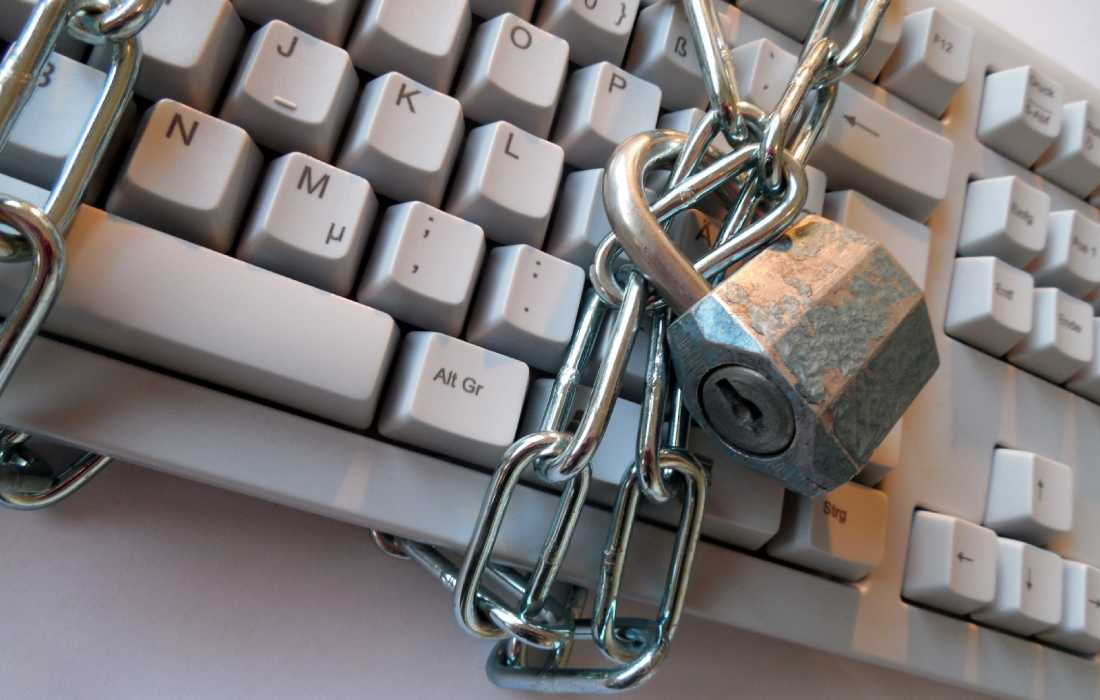Much has been said and written about the blockchain (or: block chain) over the past year. Proponents praise the distributed consensus system, while skeptics insist that blockchain has little chance of success. But which viewpoint has the most to be said for? We talked about it with Jerom de Valk, scriptant on blockchain at PwC.
“Blockchain is a complex technology that has a wide range of potential applications. It is difficult to explain the technology to people succinctly,” Jerom says. The technology is complex and its operation is fundamentally different from what most people are used to. “By the way, there is an excellent video that explains the idea of blockchain very well.” The video explains the main elements of cryptocurrency (Bitcoin) and the underlying technology (blockchain). It also highlights a possible consequence of the technology: disintermediation of trusted third parties. This means that the need for “trust” in an authoritative third party such as a bank, which is the case in traditional payment systems, is replaced by the (computing) power of a distributed network for verifying and recording transactions. These mechanisms are also explained in IThappens.nu’s article on Bitcoin, the first major application of a blockchain.
Large accounting firms, including PwC, are conducting their own research into applications of blockchain technologies. Integration of the technology has the potential to improve performance of financial services networks through automation and increased availability of information. “For my research, I am studying two cases; the first is the application of blockchain in the handling of stock exchange transactions, which now takes 3 days and with blockchain may be very much accelerated and also automated. The second is improving financial statement auditing.” In both cases, major process improvements are realized by using smart contracts. With smart contracts, some conditions and agreements are included in the code. As a result, control processes take place not after the fact but beforehand. Blockchain makes the concept of smart contracts possible because transactions are recorded immutably. As a result, certain conditions that are imparted, for example that a certain unit of money may only be spent on a specific type of cost, are also not (or hardly) undoable. In this, for example, the issuer has a guarantee that the money will be used in the way he intended. Smart contracts can thus, in theory, completely turn the audit world on its head, but for this, as for other blockchain applications, both technical and societal obstacles must be overcome.
Because the “chain” of a blockchain is, by definition, getting longer and longer, more and more energy is needed to maintain the processing speed. Another specific aspect is the question of what one should do in case a private key is lost. With Bitcoin, among other things, if a private key is lost, the corresponding money can no longer be spent, as the key is needed to process transactions. In case no mechanisms are put in place for this, an ever-increasing portion will become unusable.
Jerom adds, “A blockchain system operates on the ‘push’ principle, while traditional data systems are strongly oriented toward ‘pull.’ In other words, today data is usually centralized in a specific location from which it needs to be extracted. By using blockchain, transactions are automatically shared with the other participants in the network. Thus, participants are automatically notified of changes. So this requires a big change in also the approach of developers.” Beyond the technical aspect, social support will also have to continue to grow. In addition, authorities and legislation will have to be adjusted. For example, the question of whether it should be public who owns a particular wallet.
Gartner’s 2016 Hype Cycle places blockchain just slightly ahead of the peak of the curve. Meanwhile, blockchain seems to have passed the highest point of the hype and a realistic expectation pattern regarding the applications of the technology would begin to emerge. When asked what the actual chances of success of blockchain applications are for the future, Jerom notes that organizational resistance within and between organizations must be taken into account. “A private (controlled access of participants -red.) blockchain evokes less organizational resistance because data is shared only with selected actors. With a public blockchain, anyone can join and therefore parties will be less likely to put their data on it. So to begin with, a private blockchain is more attractive, but eventually, of course, one hopes to set up large-scale hybrid blockchains so that the full potential of the technology can be exploited.” Successful implementation of a private blockchain can lead to major improvements. Think, for example, of smart contracts in auditing, but of course this would require a major effort. In the longer term, a public ledger also has a chance of success, for example in international payments, but that depends on the amount of users willing to participate in the network to achieve what is known as a “network effect.
“Another consequence of blockchain is that it strengthens the relationship between required technical knowledge and process knowledge,” Jerom argues. “In blockchain applications, it is essential to have both technical and process knowledge.” It is therefore extremely relevant for managers to have fundamental knowledge of blockchain, not only for hard (purely technical) developers. We at IThappens.nu also want to especially encourage you to definitely delve into the interesting and promising topic of blockchain. Looking at both the possibilities and obstacles, we conclude that some applications will actually be future, think about applications with smart contracts, but that it will not be the great replacement of our traditional money systems.


